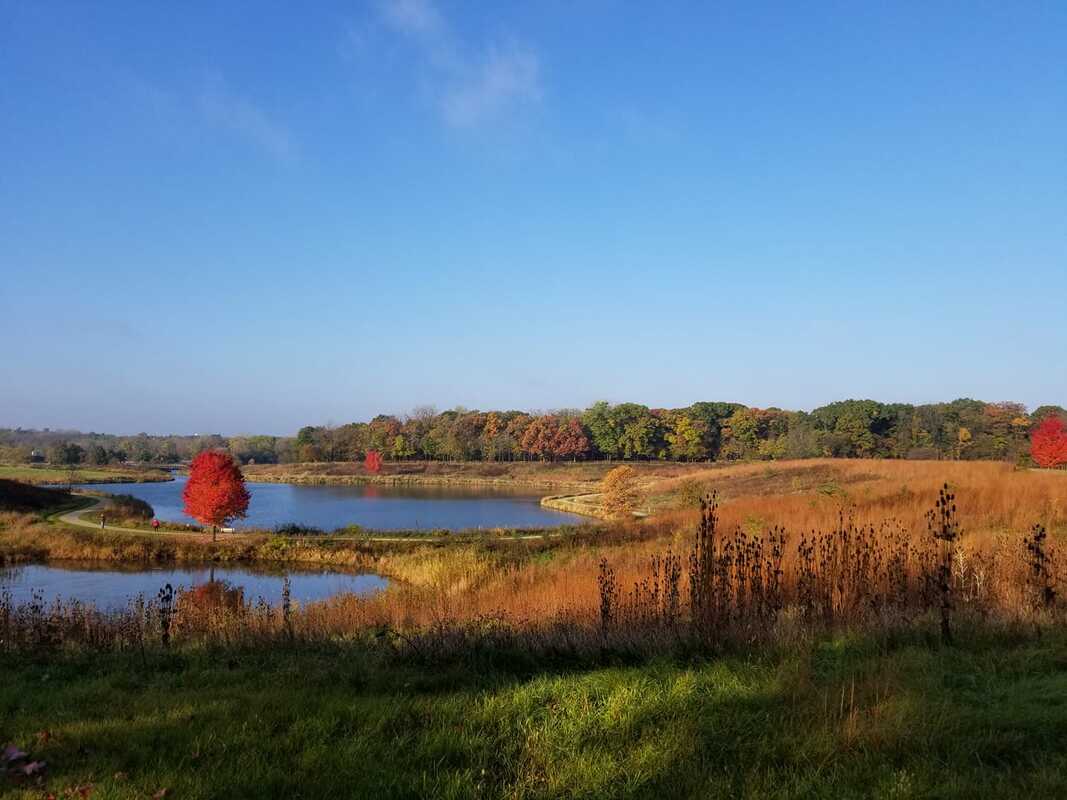 Jon Kabat-Zinn, a key guru of the mindfulness movement in America, wrote in his book Full Catastrophe Living (referring to a group of highly stressed individuals), “We invite them to do something radically new for themselves, namely, to experiment with living intentionally from moment to moment” (Kabat-Zinn, 1990, p. 19). Living from moment to moment may sound simple but it takes some discipline and the structure and practice of a mindfulness technique to show us how. The mind is a time traveler. Our mind can travel from an incident in kindergarten to what is for dinner tonight in a nanosecond. Our minds often live in the past or project into the future. Eastern philosophy tells us that this can cause suffering. Mindfulness or an insight practice helps us stay present in the here and now. It comes from ancient Buddhist traditions and has been Westernized by Jon Kabat-Zinn and Thich Nhat Hanh. Mindfulness is an important practice to learn as it can be surprisingly effective for managing stress, for regulating our nervous system. When we can regulate our nervous system, we can reduce high levels of the stress hormone, cortisol, reducing inflammation in the body, and thereby protecting our immune system. Cortisol under normal conditions is helpful and necessary but “the problem arises when chronic stress keeps cortisol levels high for the long haul. High cortisol levels over weeks or months can lead to inflammation and a host of mental and physical health problems, from anxiety to weight gain to heart disease” (How to reduce, 2020). Using a technique as simple as breathing and “tuning into” our breathing, mindfulness can be a portable practice and when we can have a portable tool for managing stress, we can take it anywhere - everywhere we go. Mindfulness helps us develop important awareness about what actually stresses us, how stress impacts our breathing, where and how it creates sensations in our body, and how can we “head stress off at the pass” to prevent overload. Mindfulness is focused breathing which links the mind to the body. The best way to use mindfulness is regularly, preferably every day, to generate a sense of control and calm in our lives. With a regular practice we will be prepared should chaos happen to show up. In fact, our perspective will be more relaxed with a regular practice. There will be fewer “knee jerk” reactions. Should stressors pile up we will be able to bring ourselves back into balance/homeostasis. The stress doesn’t disappear; instead, our management of it becomes optimal. Mindfulness is empowering. Thoughts don’t stop, we just learn to be the observer of our thoughts and to pick and choose where we focus. As all contemplative practices are, mindfulness is experiential. We can discuss it from every angle, but the practice of it makes it real and potentially profound in our lives. This is not woo woo or “a panacea for all of our woes” (Bush & Price, 2021, p. 57). It is based on a clear intention that we want to be present. It takes commitment. Mindfulness Activity: At the foundation of mindfulness is breathing.
References Bush, K. R., & Price, C. A. (2021). Families & change: Coping with stressful events and transitions (6th ed.). Sage Publications. How to reduce cortisol and turn down the dial on stress. (2020, November 9). Cleveland Clinic. https://health.clevelandclinic.org/how-to-reduce-cortisol-and-turn-down-the-dial-on-stress/ Kabat-Zinn, J. (1990). Full catastrophe living: Using the wisdom of your body and mind to face stress, pain, and illness (15th ed.). Delta Health Psychology. Kabat-Zinn, J. (1994). Wherever you go there you are: Mindfulness meditation for everyday life (10th ed.). Hyperion.
0 Comments
Leave a Reply. |
AuthorIsabel Raci, C-IAYT, is a life-long practitioner and student of yoga, E-RYT, certified meditation teacher, relaxation guide, and laughter yoga leader who is passionate about the practice of meditation and yoga as self-care. Archives
October 2022
Categories |
UNPLUG - RESET
|
© Isabel Raci, 2018-2022
|
(815) 661-6152 -TEXT
|
Lake County, Illinois
|
 RSS Feed
RSS Feed